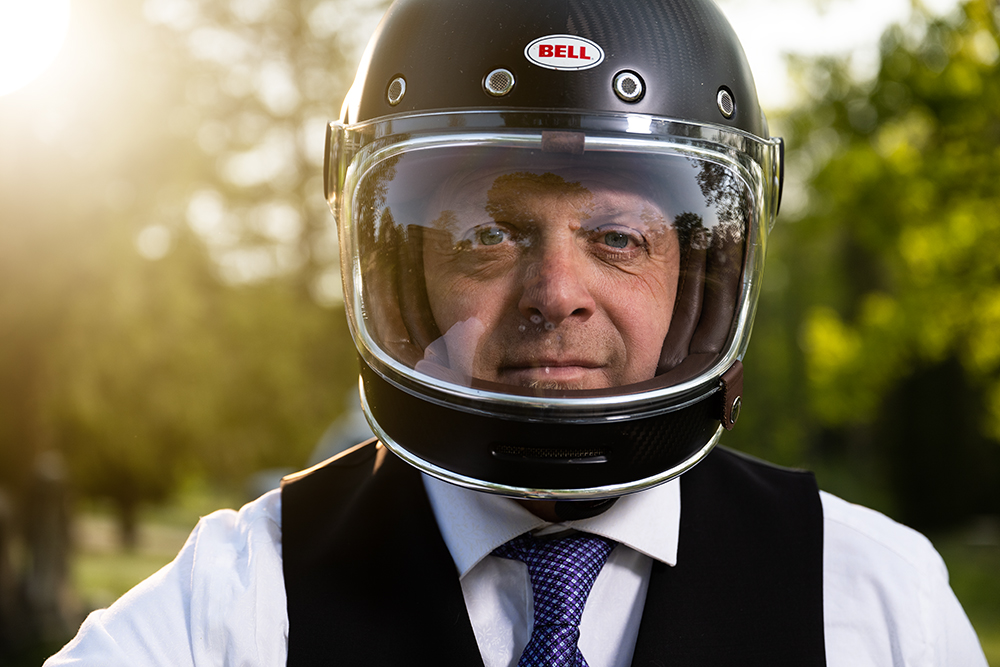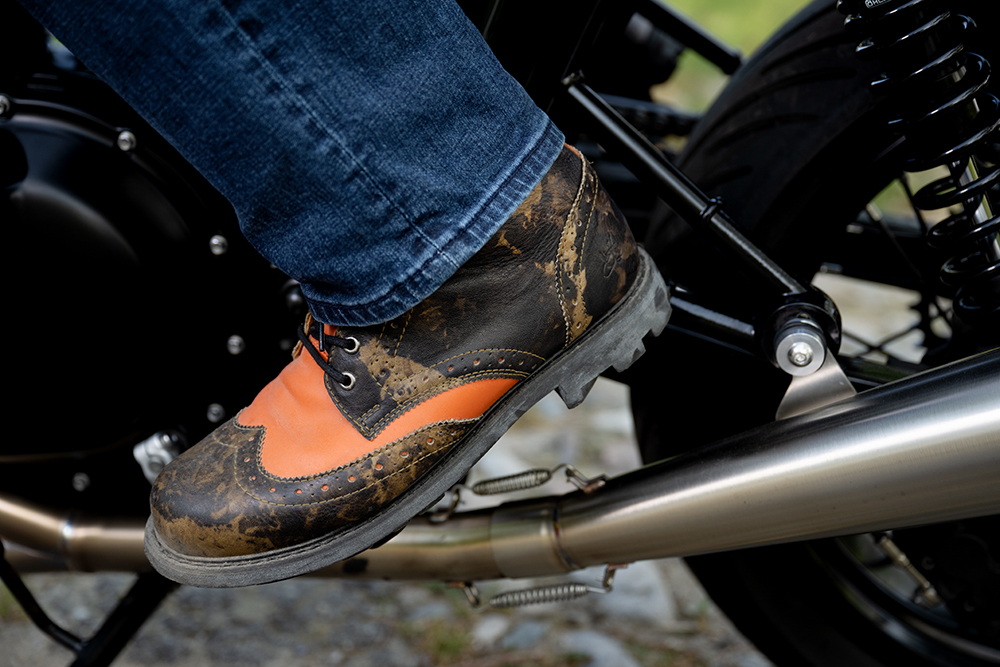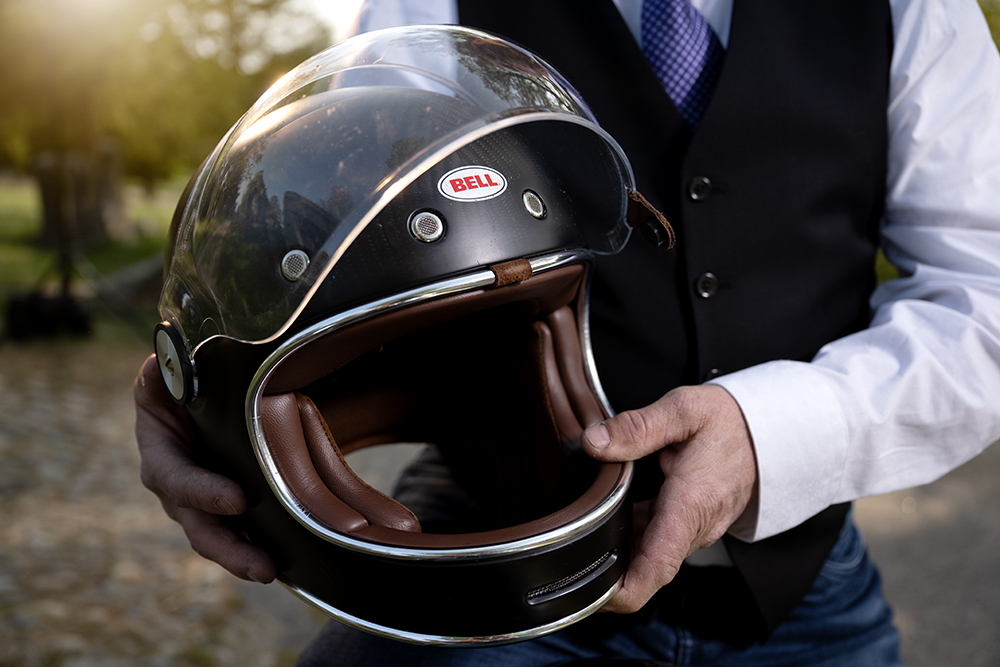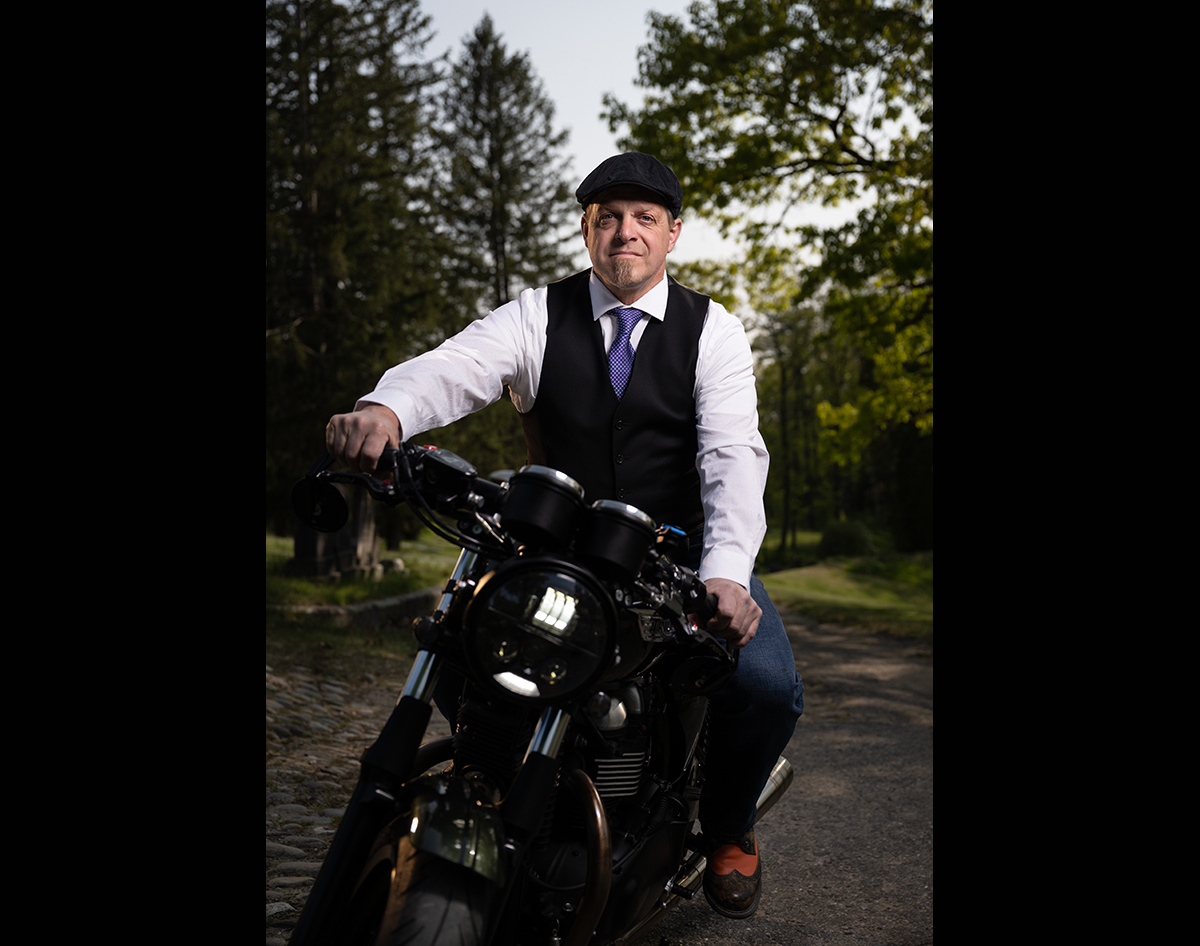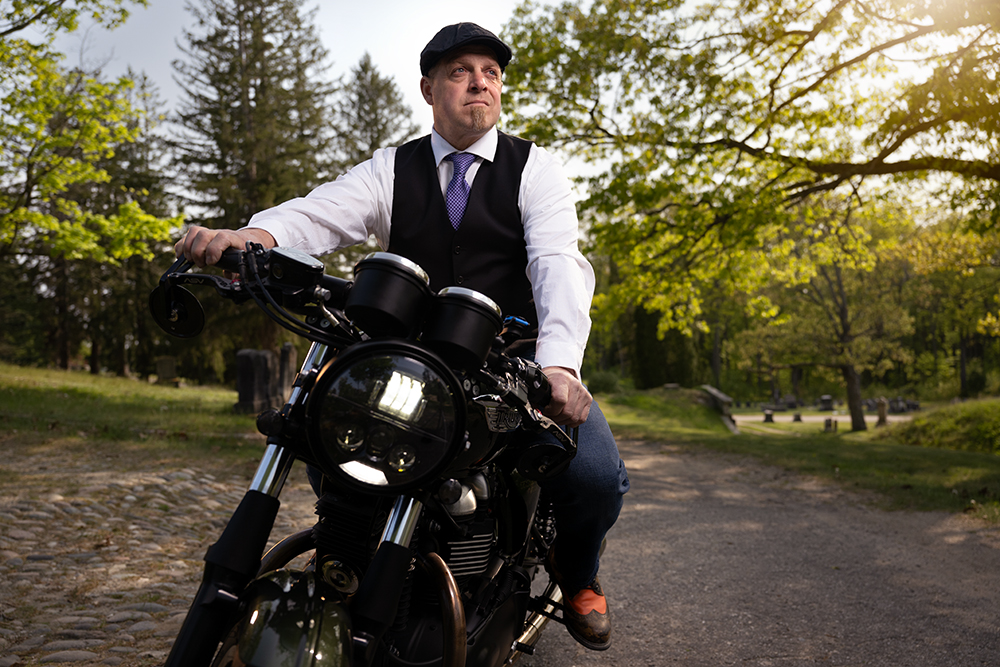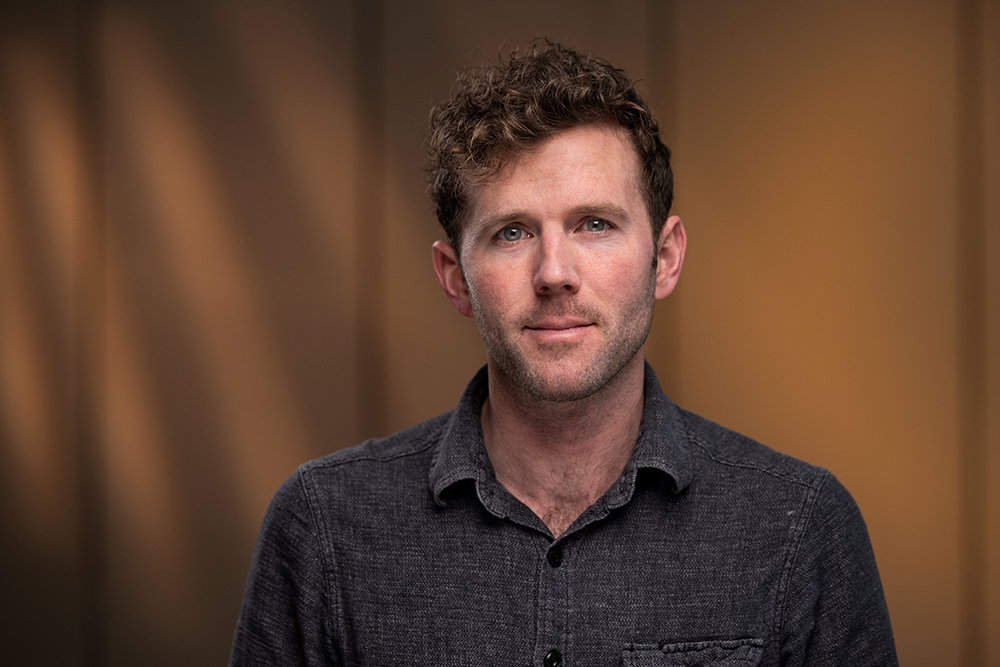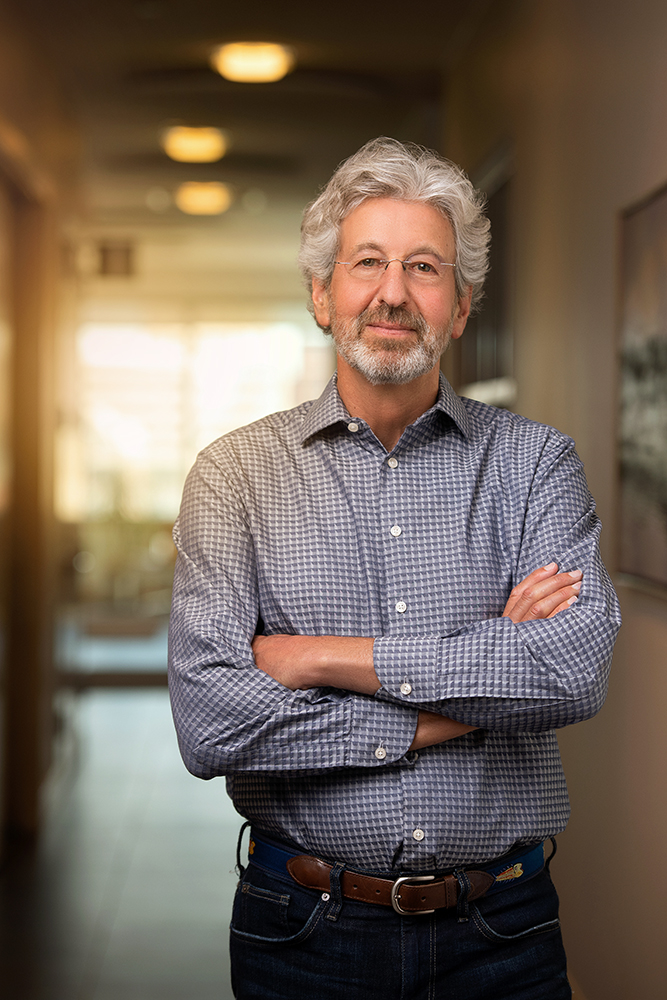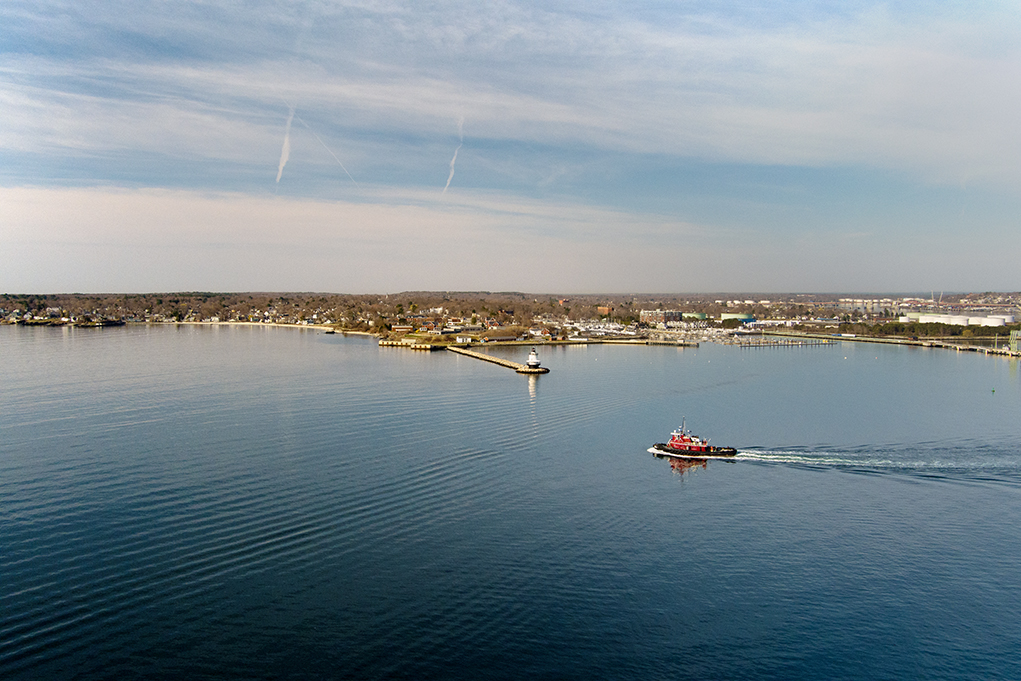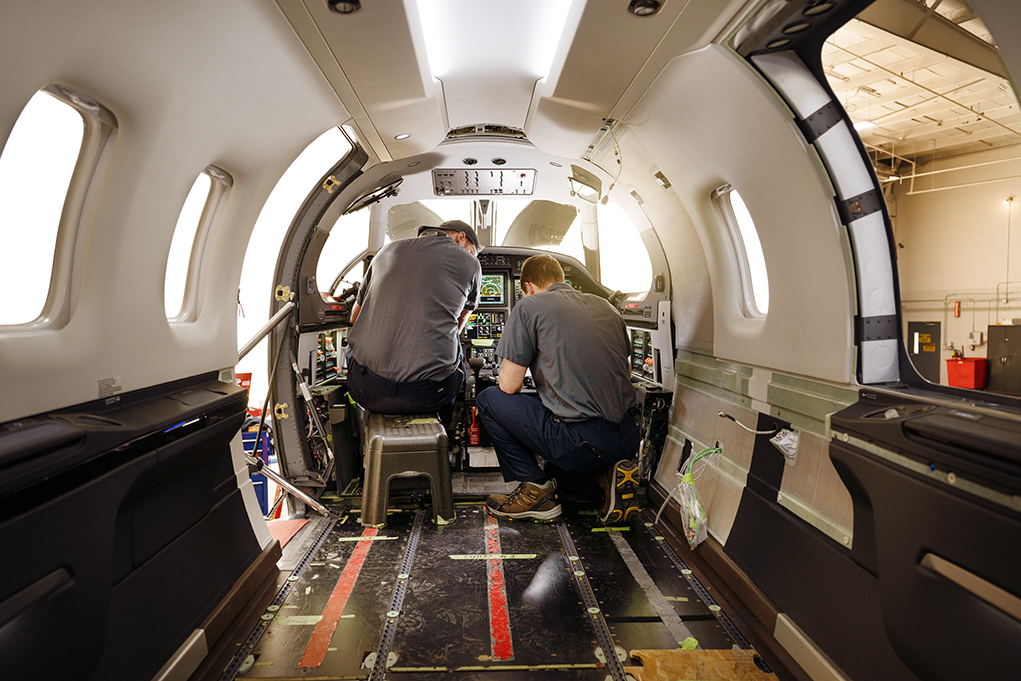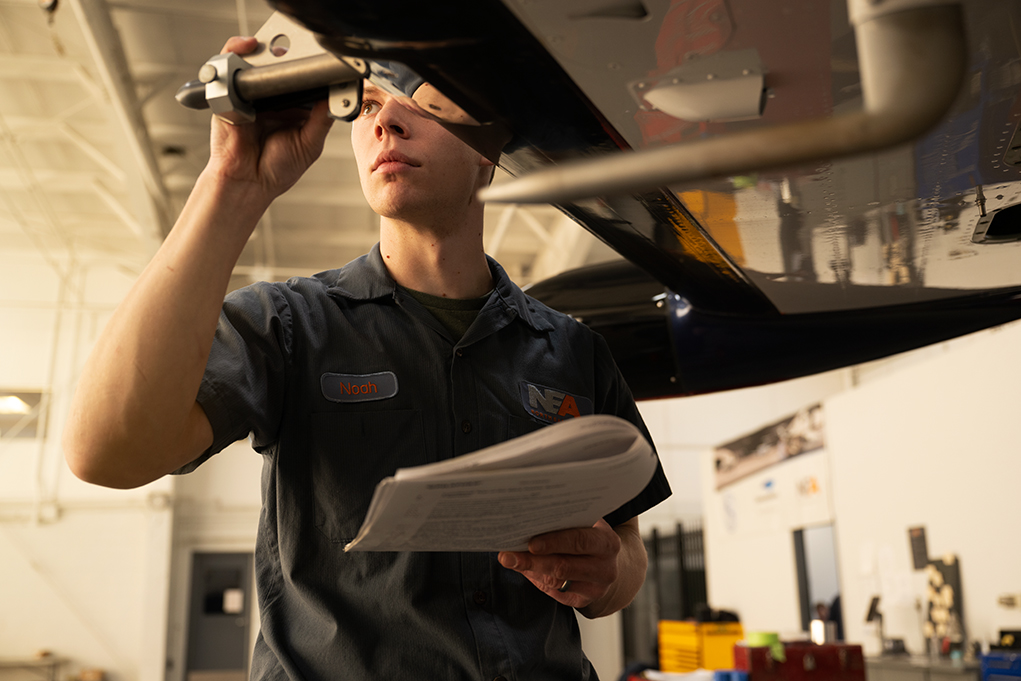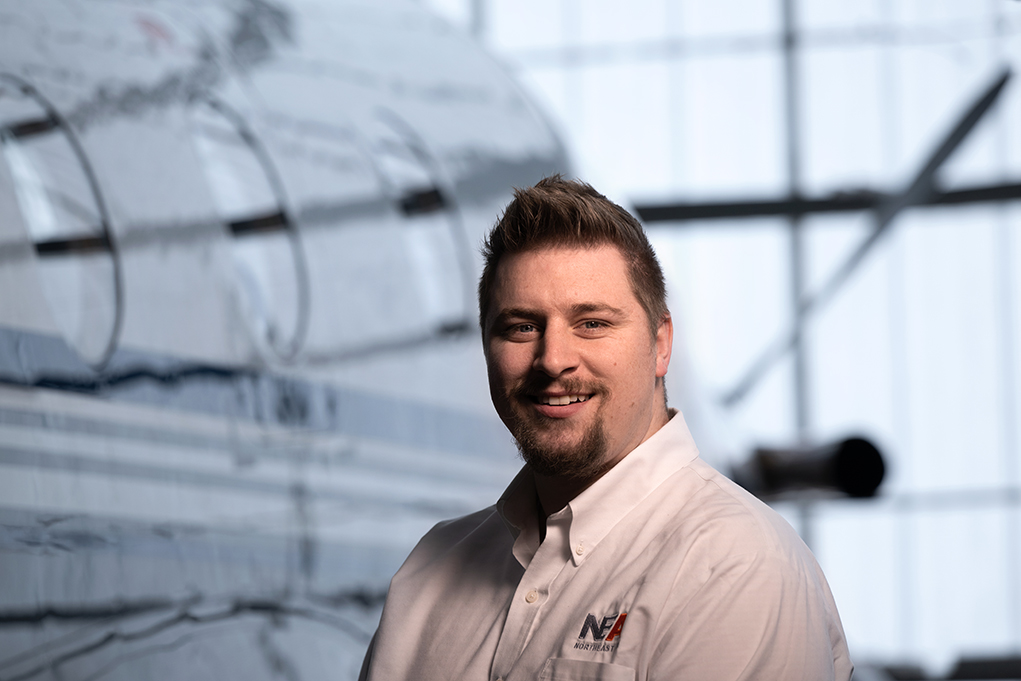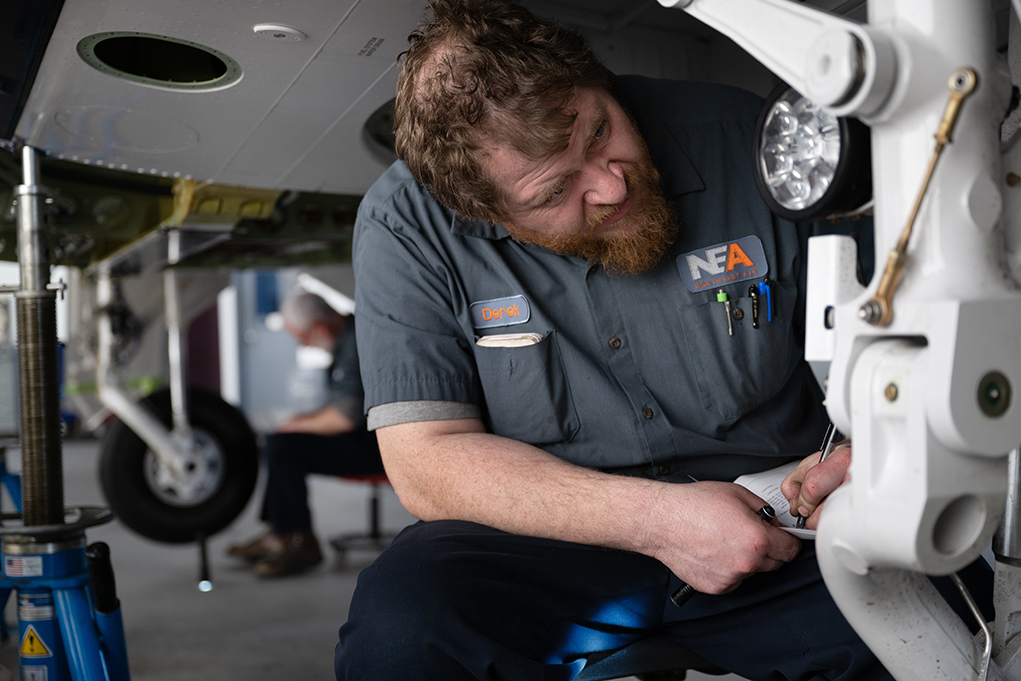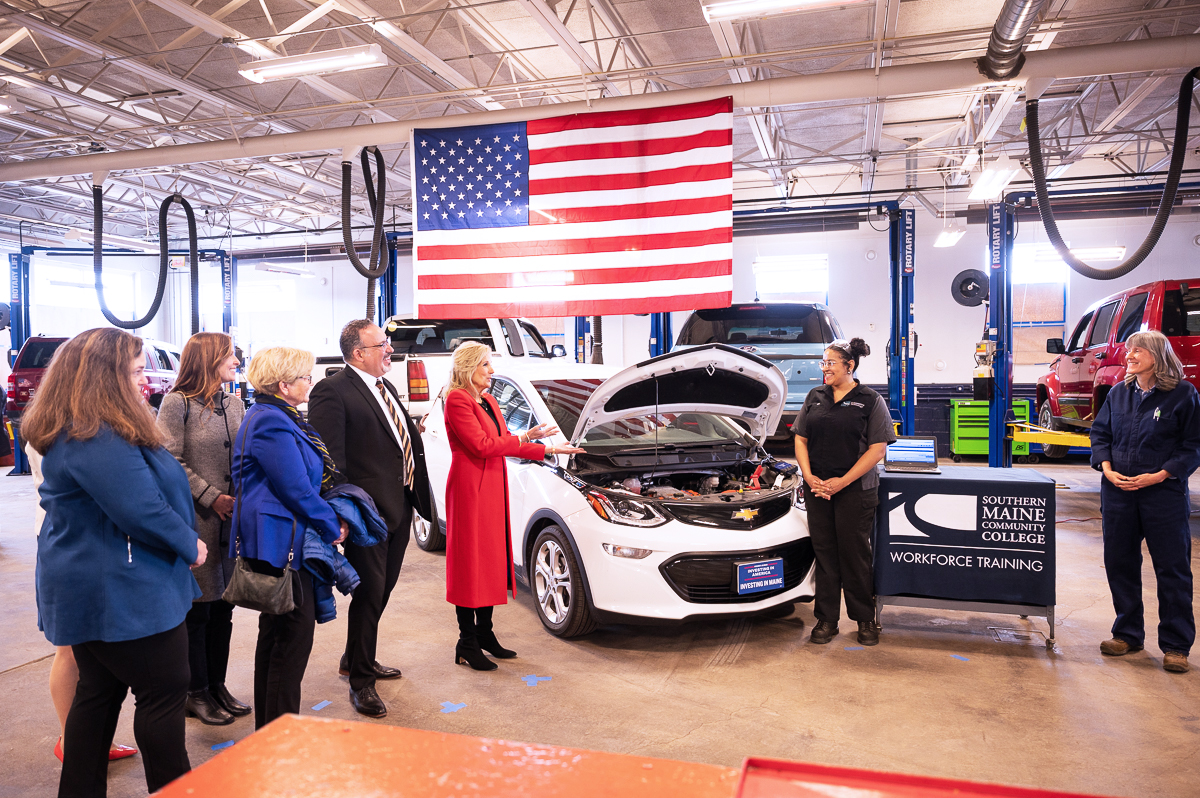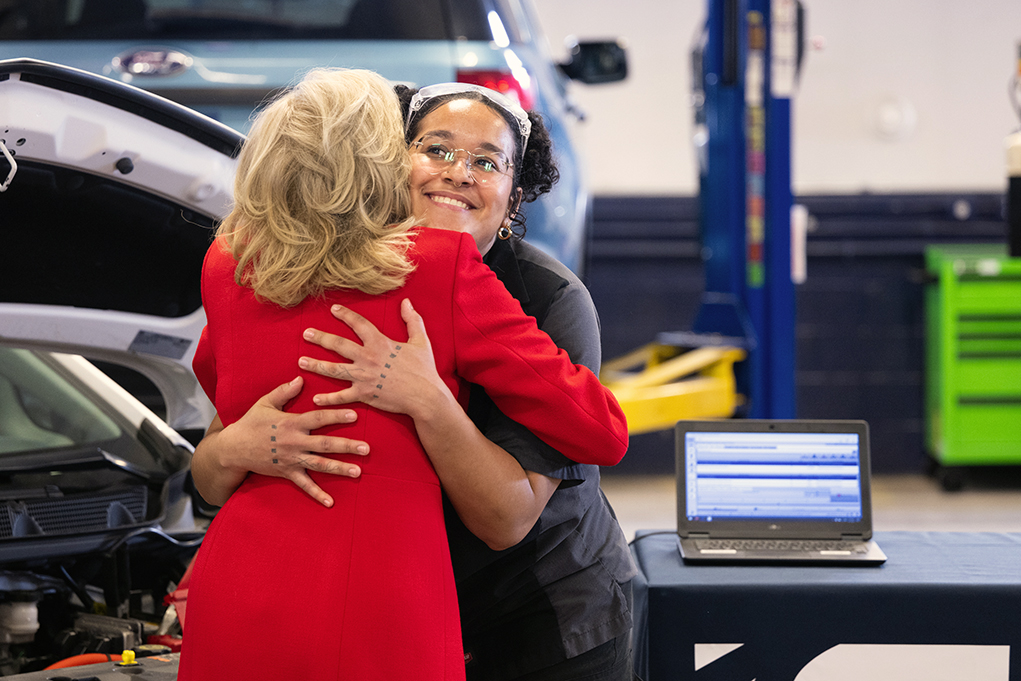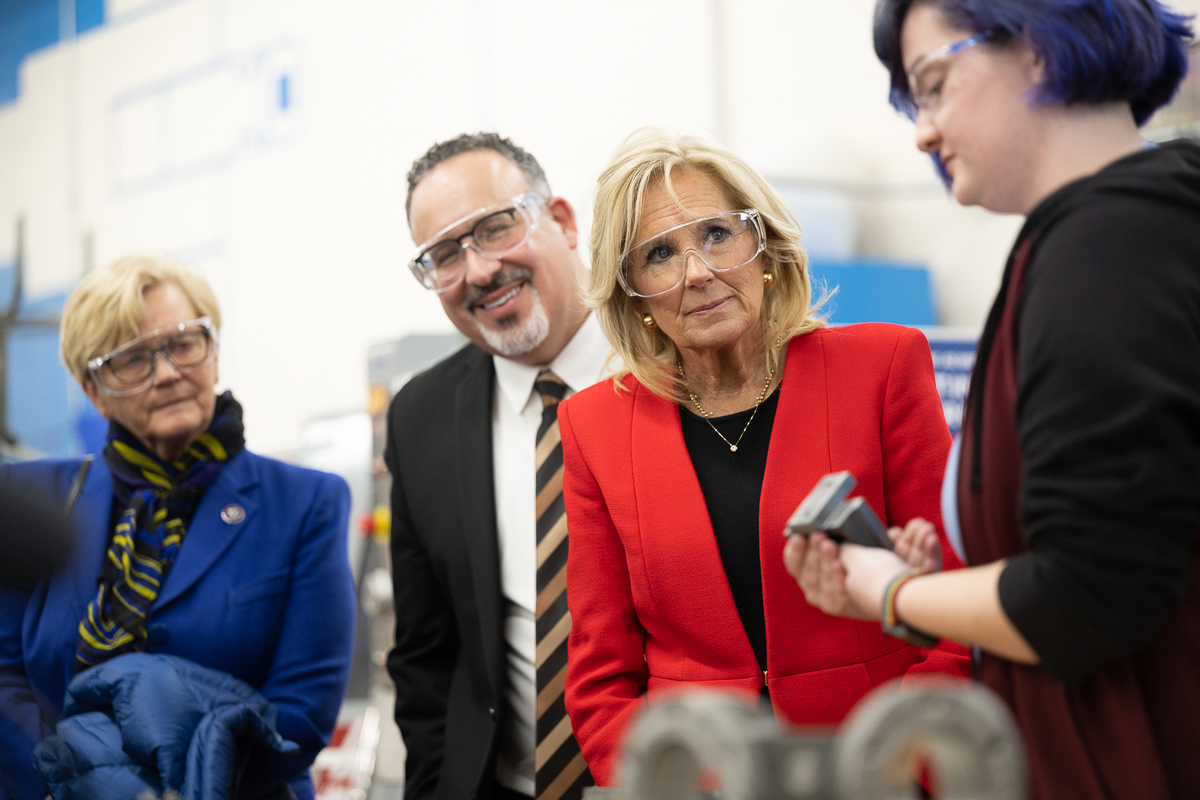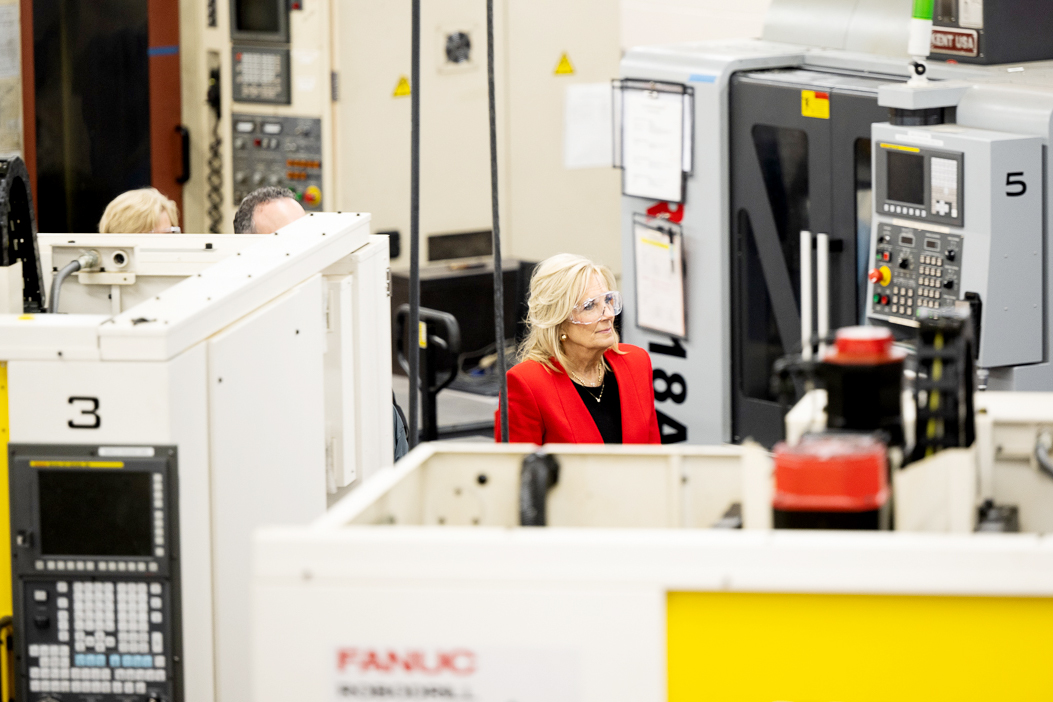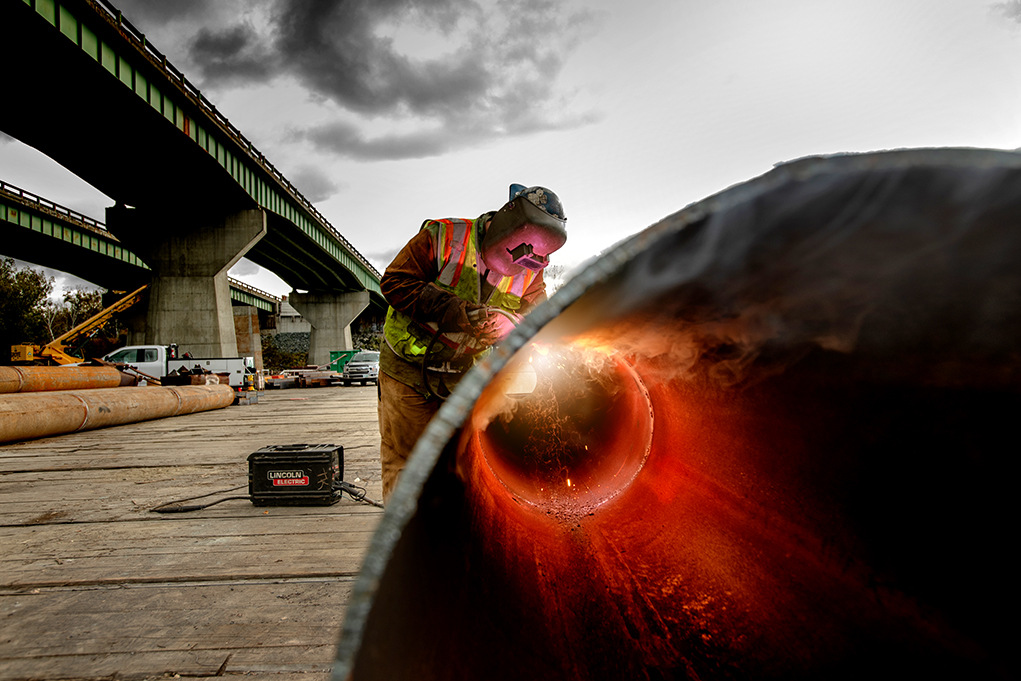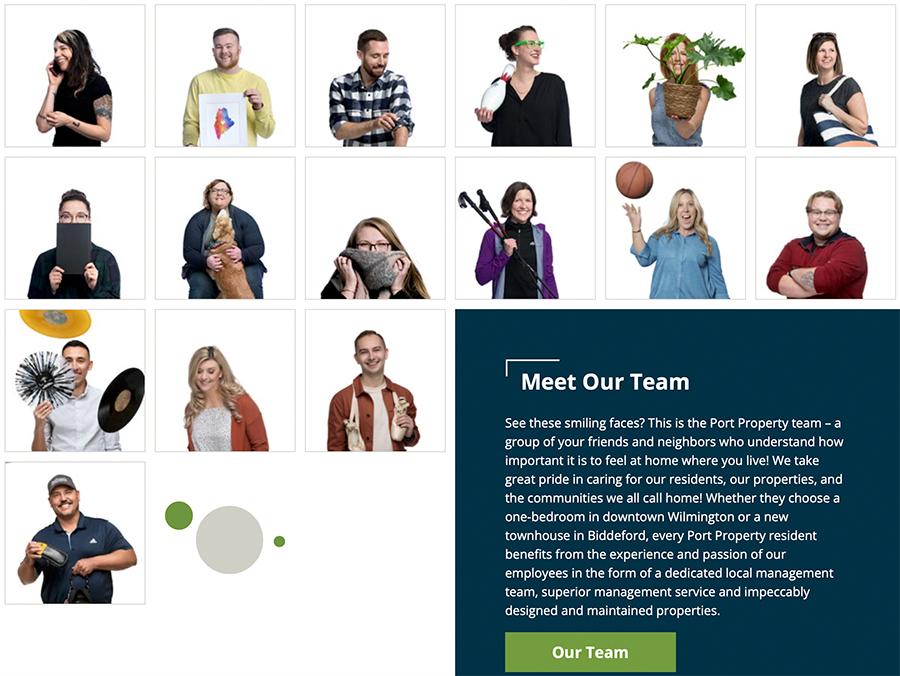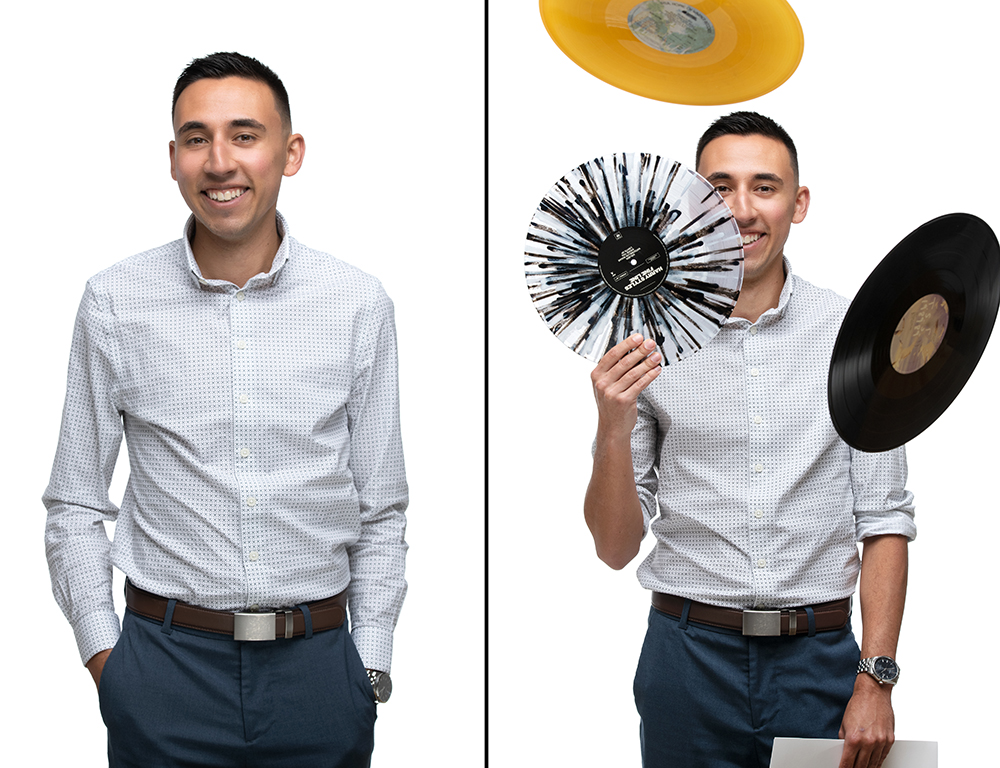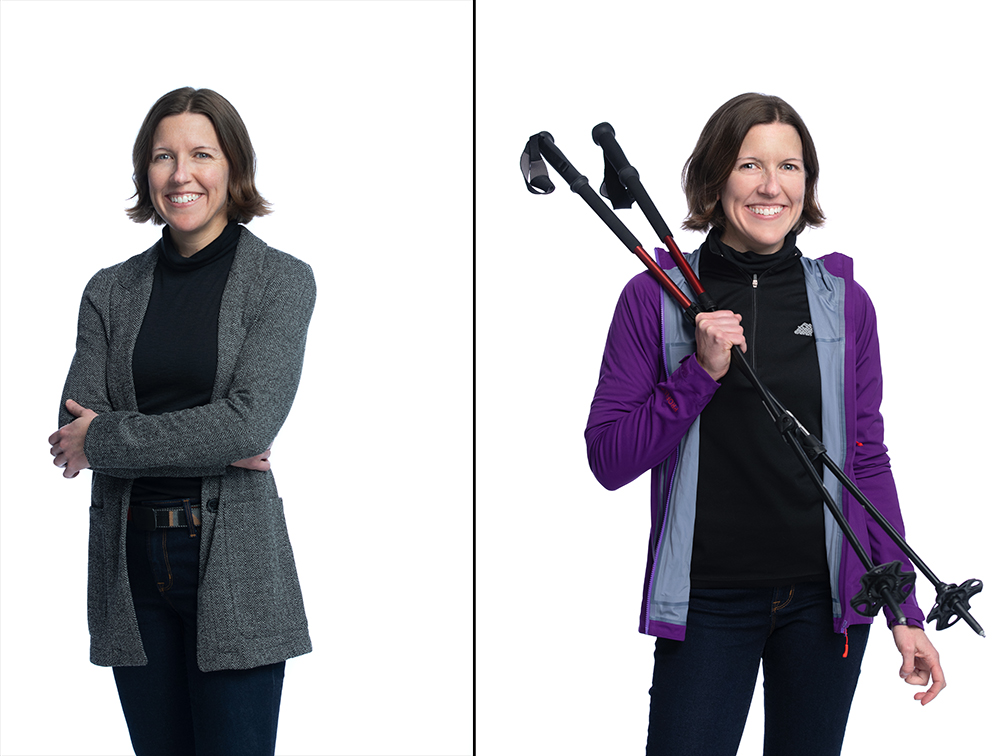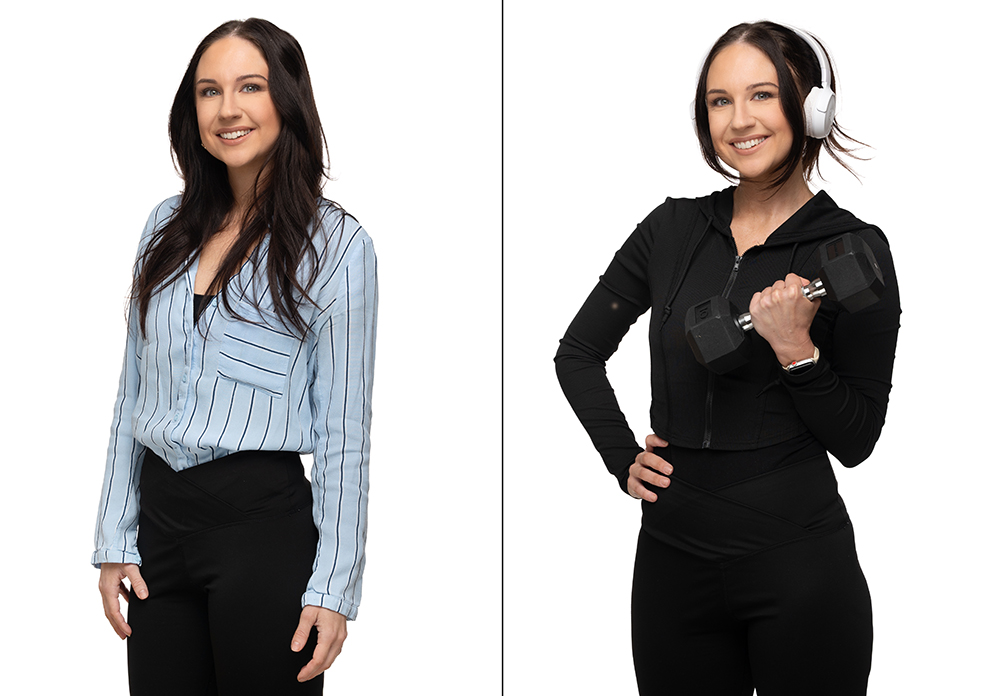
I was raised by Irish Catholics, which might explain why I have a deep-seated belief that anything good in my life must be accompanied by an equal-or-greater amount of suffering.
Not a great belief, as beliefs go. But here’s one that I’ve found is completely true: if you want to receive good value or get good results—satisfying assignments, great clients, a good paycheck—then you have to first give great value.
What does ‘value’ mean? It means doing your best to be remarkable in your work, your attitude, your professionalism. It means that before you offer help, you ask how you can help. It often means giving more value than others expect. For photographers, it means going that extra mile on a shoot: looking for an extra angle, taking creative risks and pushing for something different once you’ve satisfied your client’s stated needs. Sometimes you’ll end up with images that surprise you and delight your client.
If you consistently do this and have the attitude of giving more than you are getting, you’ll find—like I have—that you get an amazing amount of value in return.
It starts with you.

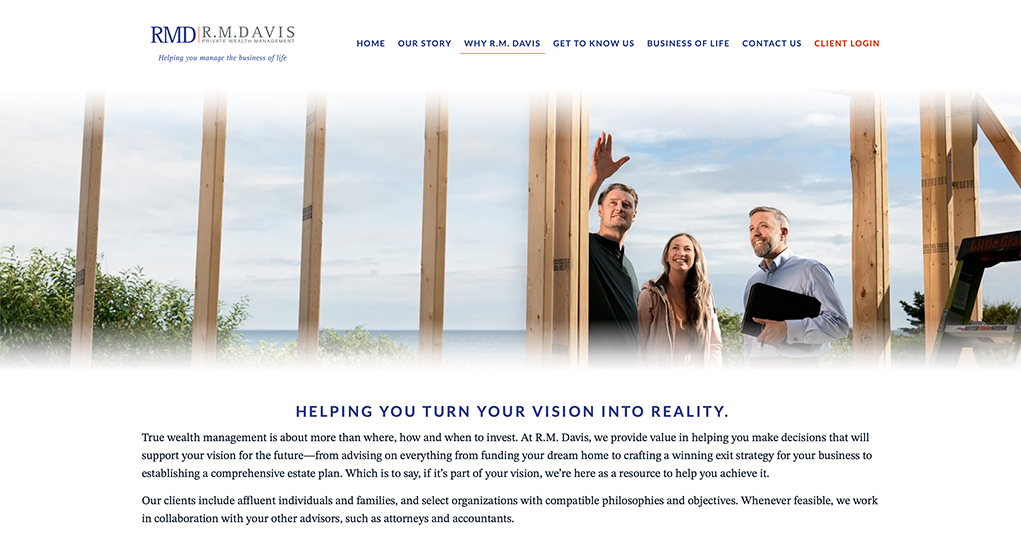
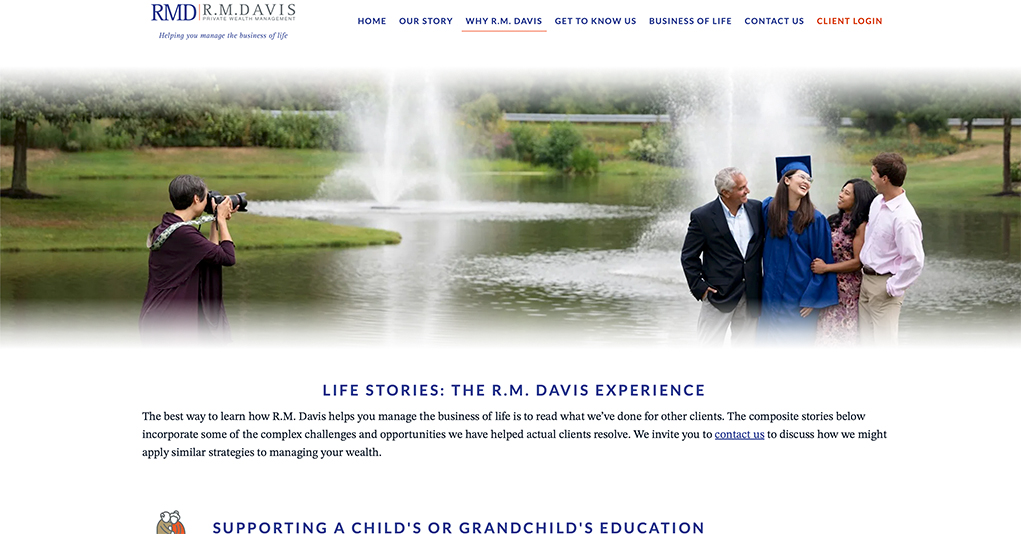
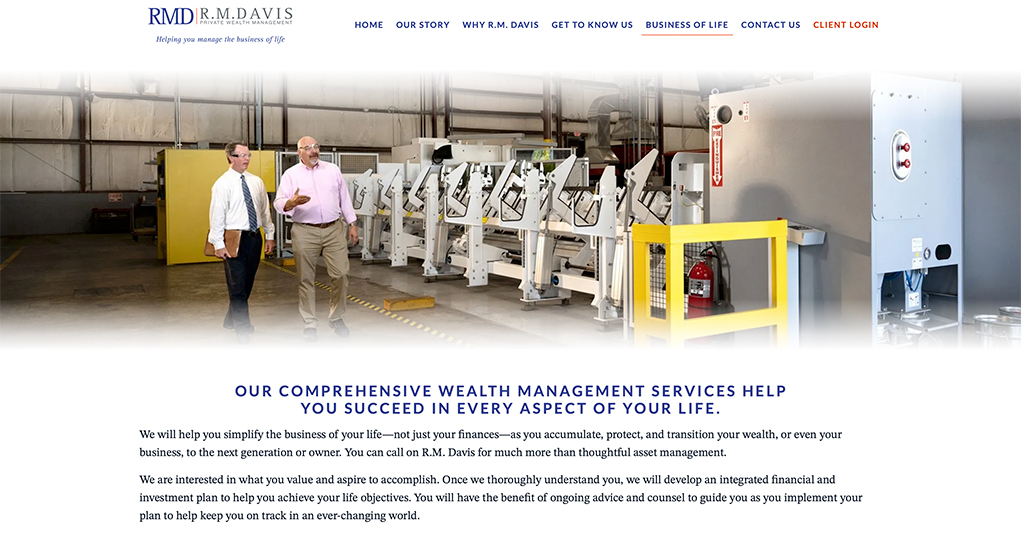
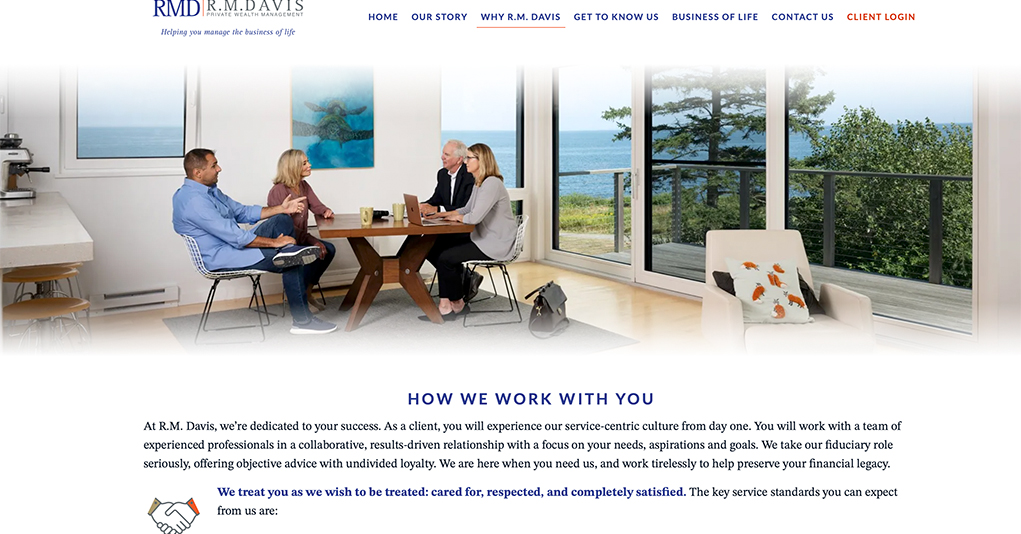
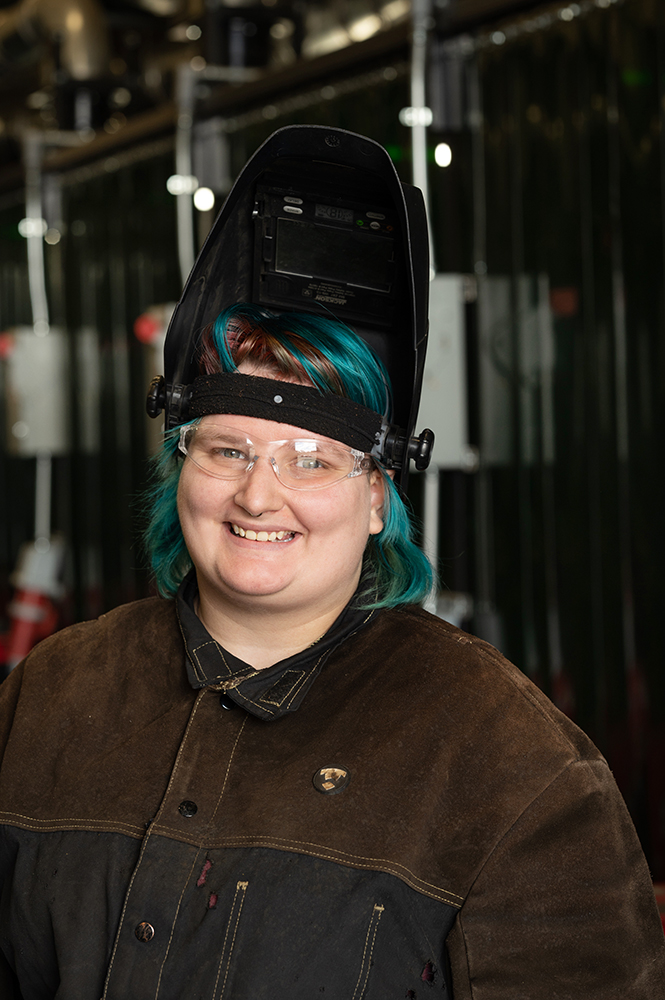


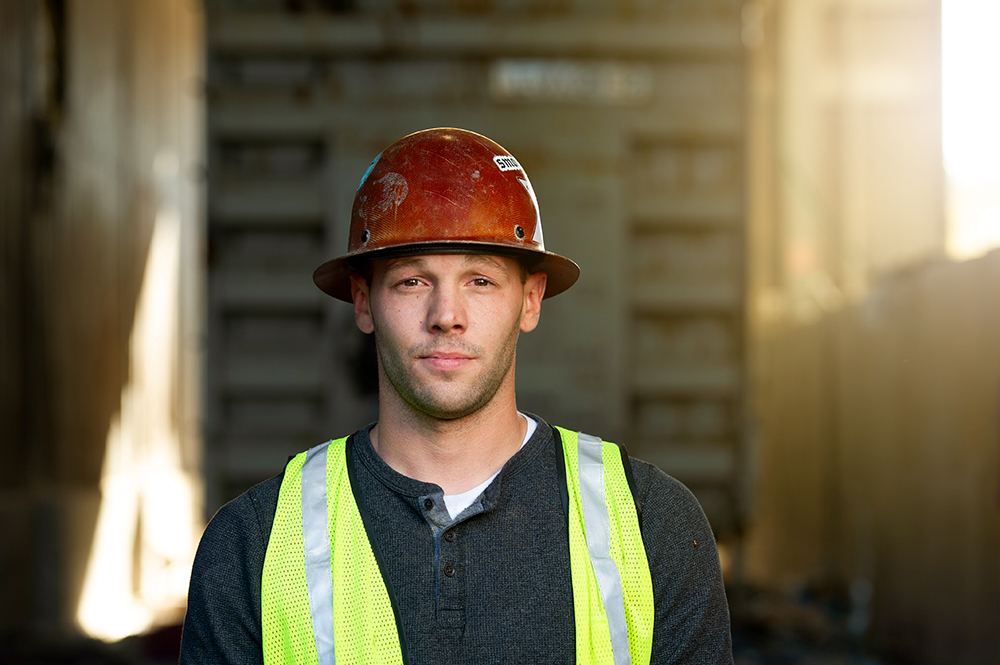
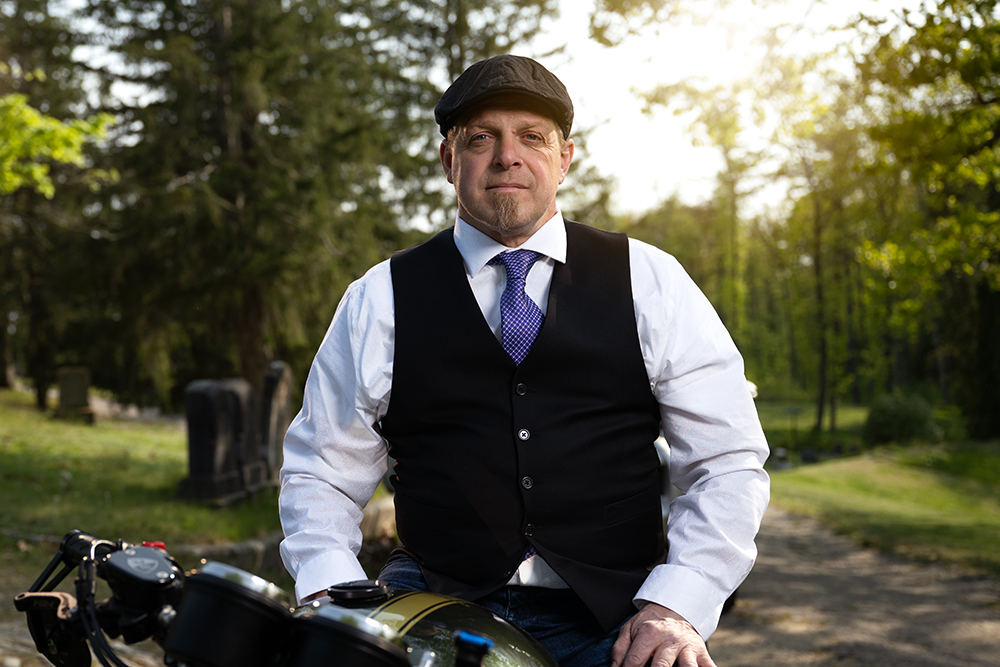 © Brian Fitzgerald
© Brian Fitzgerald